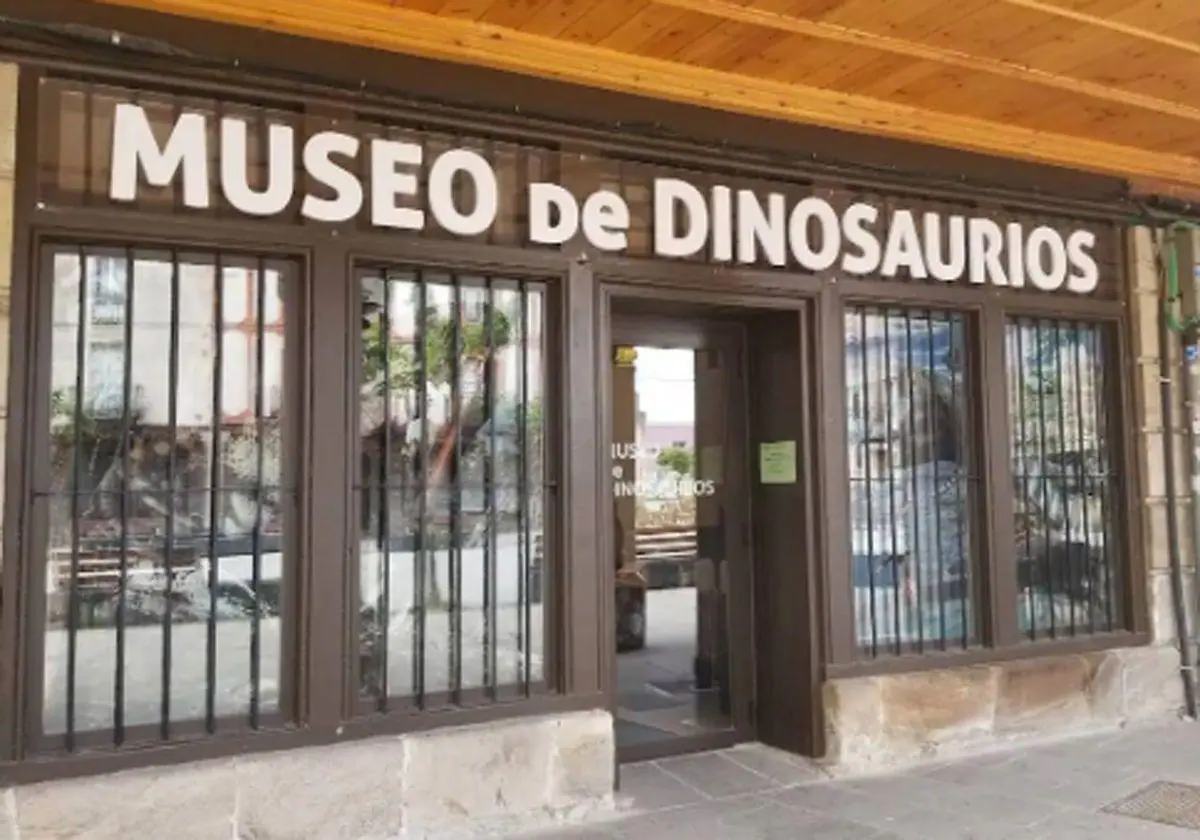MADRID, 1 (EUROPEAN PRESS)
A campaign funded by the European Commission plans to drill into the oldest ice in Antarctica in the coming weeks, to compile a 1.5 million-year-old climate record.
Scientists at the Beyond EPICA-Oldest Ice project hope their work will help explain why Earth’s ice ages changed frequency in the deep past.
The project, which started in 2019, will last for seven years. This first drilling campaign, which began in November and will last until January 2022, is carried out in Little Dome C, an area of 10 km2, located 40 km from the Italian-French Concordia station, on the eastern Antarctic plateau. one of the most extreme places on earth.
Glaciologists, engineers and technicians from the international team will work at an altitude of 3,233 meters above sea level, more than 1,000 km from the coast, and will experience average summer temperatures in Antarctica of -35 ° C.
Once the camp setup at Little Dome C is complete, making the drill site fully operational, the drilling system will be tested. While doing this, the team will also complete the construction of a temporary storage cave in the snow that will protect the first ice samples.
As reported in a statement by the British Antarctic Survey (BAS), which participates in the project, the success of this campaign is essential for the outcome of the entire project. There will be two decisive moments in the history of climate science: the first will be the drilling of the pilot well from which the ice core will be extracted; the second will be the extraction of the first layers of ice at the end of this campaign. The team hopes to achieve an average sampling rate of 170 meters per week.
“During our previous EPICA (European Antarctic Ice Sampling Project) project, which ended in 2008, we were able to extract and analyze an 800,000-year-old ice core. Now we are trying to travel further back in time: because if we want to get a correct perspective of what the world is currently experiencing with climate change and adopt appropriate mitigation strategies, we need to look even further back, which is what we are trying to do in Antarctica with Beyond EPICA, “says lead scientist Carlo Barbante, director of the Institute of Polar Sciences of the National Research Council of Italy (Cnr-Isp) and professor at the Ca ‘Foscari University of Venice, who participates in situ in the campaign.
The climate and environmental history of our planet are stored in ice: it can reveal information from centuries and even hundreds of millennia about the evolution of temperature and the composition of the atmosphere. Thus, researchers will be able to assess the content of greenhouse gases, such as methane and carbon dioxide, in the atmosphere of the past. Then they will be able to link these findings to the evolution of temperature.

:quality(85)//cloudfront-us-east-1.images.arcpublishing.com/infobae/APLQGMKVSBFTHCSU57NWX54NNA.jpg)


